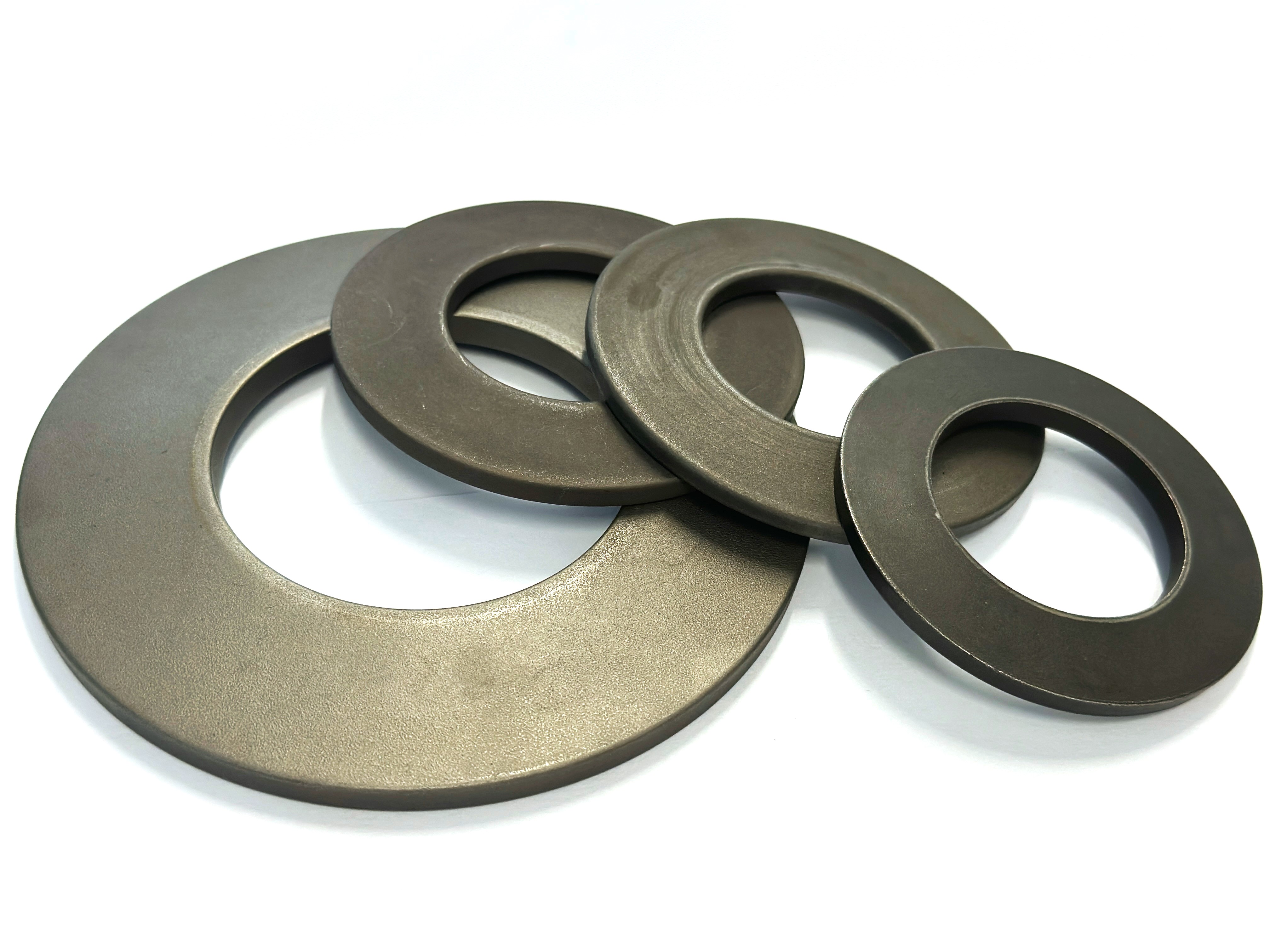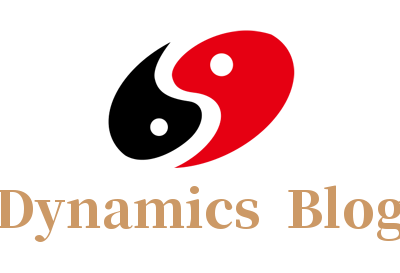Testing of spring materials differs from that of general steels due to differences in surface condition, drawing degree, and geometry. It is difficult to machine a specimen with a reduced section for fatigue testing. If the raw spring material is directly clamped in a testing machine, the gripped section will experience additional stresses and fail prematurely, which cannot represent the true fatigue strength of the material. Therefore, fatigue strength tests of spring materials are generally conducted using the finished spring. Even so, due to the influence of many factors, the test results are highly scattered, and the determination of allowable stress is often challenging.

Purposes of Spring Fatigue Testing
The purposes of spring fatigue testing can be broadly classified into three categories:
1. Product or component testing – to verify the fatigue life and reliability of products or designed components.
2. Determination of material fatigue limit or S-N curve – to provide fundamental design data.
3. Evaluation of external factors on fatigue strength or fatigue life – mainly comparative testing, to support product quality improvement and design optimization.
(1) Test Specimens
When preparing specimens, abnormal factors that may reduce fatigue strength should be eliminated. Influencing factors are divided into two types: Internal factors (chemical composition, metallographic structure, etc.), and External factors (surface condition, geometry, dimensions, temperature, surrounding medium, etc.).
The inherent fatigue strength of the material (internal factors) is considered as the basis, while external factors are treated as correction factors. During testing, external influences should be minimized.
Specimen Dimensions
Spring dimensions inevitably vary, so even at the same deformation, stresses and fatigue strength differ slightly. To ensure accuracy, dimensional errors must be minimized, and measurement precision improved.
Dimensional measurement accuracy should be within 0.5%. For material dimensions below 2 mm, accuracy should be 0.01 mm. If 0.5% is smaller than 0.01 mm, use 0.01 mm as the standard.
For circular cross-sections (e.g., outer diameter D2, wire diameter d), measure two perpendicular diameters at the same section, and use their average as the nominal value.
Specimen Geometry
To prevent eccentric loading, the parallelism of the spring end coils and verticality of the whole spring must be checked.
To ensure uniform deformation after loading, the coil pitch should be consistent, and coil ovality must be minimized.
For result comparability, the number of end coils and structural features should be consistent across the same batch.
Processing and Heat Treatment
Different processing and heat treatment conditions significantly affect fatigue strength; specimens of the same batch should be processed and heat treated simultaneously.
Preferably use an automatic spring coiling machine to manufacture specimens in one operation, minimizing manual intervention.
Adjustment of free height by setting or presetting (strong compression) may reduce fatigue strength due to excessive preloading, and should not be used for test specimens.
Specimens should be manufactured from the same coil of wire with identical surface conditions; no rust, scratches, or other stress concentrators are allowed.
Heat treatment significantly affects fatigue strength. Fully quenched and incompletely quenched materials, even at identical hardness after low-temperature tempering, can exhibit markedly different fatigue strengths. Excessive grain growth and surface decarburization reduce fatigue strength; therefore, specimens should be heat treated in the same furnace under identical conditions.
(2) Specimen Installation
To avoid eccentric loading, specimens must be placed on spring seats, ensuring flat and full contact at both ends.
Specimens must be adjusted to the same initial deflection and maximum deflection conditions.
(3) Loading
For determining the S-N curve, the applied stress should start near the maximum fatigue limit (reference from existing fatigue data) and decrease step by step, with a decrement ratio of 1.02–1.5.
To ensure load stability during testing, frequent checks and adjustments may be required, but the duration must be minimized. No overload conditions are permitted.
When stress is expressed in MPa, retain one decimal place.
(4) Fatigue Life
For fatigue life determination, the number of stress cycles N may be referenced at: 1×10³, 2×10³, 5×10³, 1×10⁴, 2×10⁴, 5×10⁴, 1×10⁵, 2×10⁵, etc.
Unless under special conditions, testing is generally stopped when the specimen survives 1×10⁷ cycles without failure.
Fatigue life is typically defined as the cycle count at which fracture occurs. In some cases, the cycle count at crack initiation is taken instead.
The cycle count is usually expressed in powers of 10, with at least three significant digits (e.g., 2.75×10⁵).
(5) Operation of Testing Machine
Start-up should be smooth and impact-free.
Except for resonance-type fatigue machines, acceleration and deceleration may pass through resonance points; devices must be installed to suppress excessive stresses due to resonance.
All specimens in the same batch must be tested under the same operating speed.
Testing must run continuously from start to finish. If interruptions occur due to failure or other reasons, detailed notes must be recorded.
(6) Test Report and Records
The test report should include the following details:
– Material information: manufacturer, grade, chemical composition, mechanical properties (tensile strength, torsional strength, yield strength, elastic limit, elongation, torsion cycles, hardness, impact toughness, etc.).
– Spring information: geometry and dimensions, processing conditions, heat treatment conditions, specimen working drawings.
– Testing machine: name, type, capacity, operating speed.
– Test conditions: temperature, date, location, operator.
– Results: S-N curves, fatigue limit diagrams, and other relevant data.
www.raleigh-springs.com
Raleigh Spring

